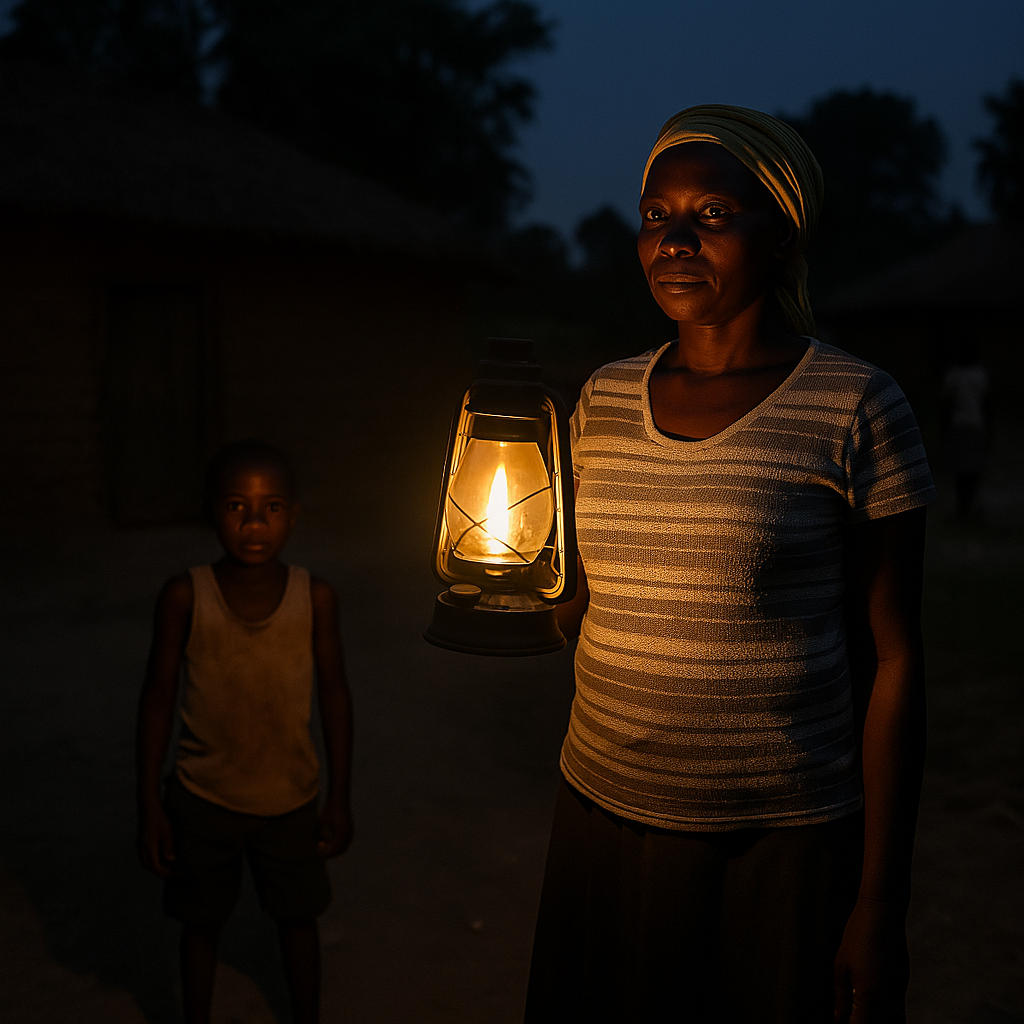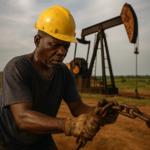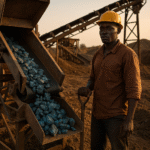I grew up in Cross River State, Nigeria, where dense forests meet vibrant communities. Even today, when I return home, I am struck by the reality that many of the villages I once played in as a child still remain in complete darkness. No streetlights. No reliable electricity. Just kerosene lamps and the glow of firewood stoves lighting homes long after sunset. This is not a relic of the past—this is still the present for countless communities across Africa in the 21st century.
This reality is not isolated. It is the story of over 400 million people in sub-Saharan Africa living without access to electricity. Another 900 million rely on harmful fuels like firewood and charcoal for cooking. This is not just a development crisis—it’s a climate justice emergency.
The world is talking about green hydrogen and electric vehicles. But how do these innovations help the girl who can’t read at night because her house has no power?
Energy Poverty Is Entrenching Inequality
Data from Practical Action reveals the devastating link between energy poverty and extreme poverty. Countries with the lowest access to electricity also report the highest rates of food insecurity, child mortality, and gender-based exclusion.
In Africa, this isn’t an abstract statistic. In Ethiopia, where 60% of the rural population lacks electricity, maternal health outcomes lag far behind global averages. In Nigeria, schoolchildren in off-grid areas are three times more likely to drop out.
And for women? The burden is heavier still. Hours lost collecting firewood translate to lost income, less time for education, and greater exposure to danger.
The Energy Transition Must Include the Poor
A just energy transition is more than cutting carbon. It means ensuring everyone—especially the most vulnerable—benefits from the shift to clean energy.
That means:
- Prioritizing decentralized renewable solutions like solar home systems and mini-grids
- Funding clean cooking alternatives to replace wood and charcoal
- Targeting rural and off-grid areas with last-mile energy policies
This isn’t charity—it’s smart policy. Every dollar invested in energy access returns up to $15 in improved health, productivity, and education, according to the International Energy Agency.
What Can Be Done?
African governments must lead with bold national electrification plans that leave no one behind. But they also need international support:
- Climate finance must be directed to energy access, not just large-scale renewables
- Private sector actors should be incentivized to build inclusive, affordable energy markets
- Civil society must continue to demand transparency and equity in national transition strategies
Conclusion: Lighting Up the Bottom Billion
Africa doesn’t lack innovation. It lacks inclusion.
We cannot call this a successful energy transition if 400 million Africans are still in the dark. The real measure of progress isn’t how many solar farms we build—it’s how many children like Blessing get to read under clean, safe light.
Let’s make energy access the heartbeat of Africa’s climate justice agenda.
Follow Energy Transition Africa for more updates:
![]()
![]()
Vincent Egoro is a leading African voice on the just energy transition, fossil fuel phaseout and critical minerals governance. With over a decade of regional advocacy experience, he works at the intersection of transparency, accountability and sustainability, advancing community-driven solutions that put Africa at the heart of global climate action.



